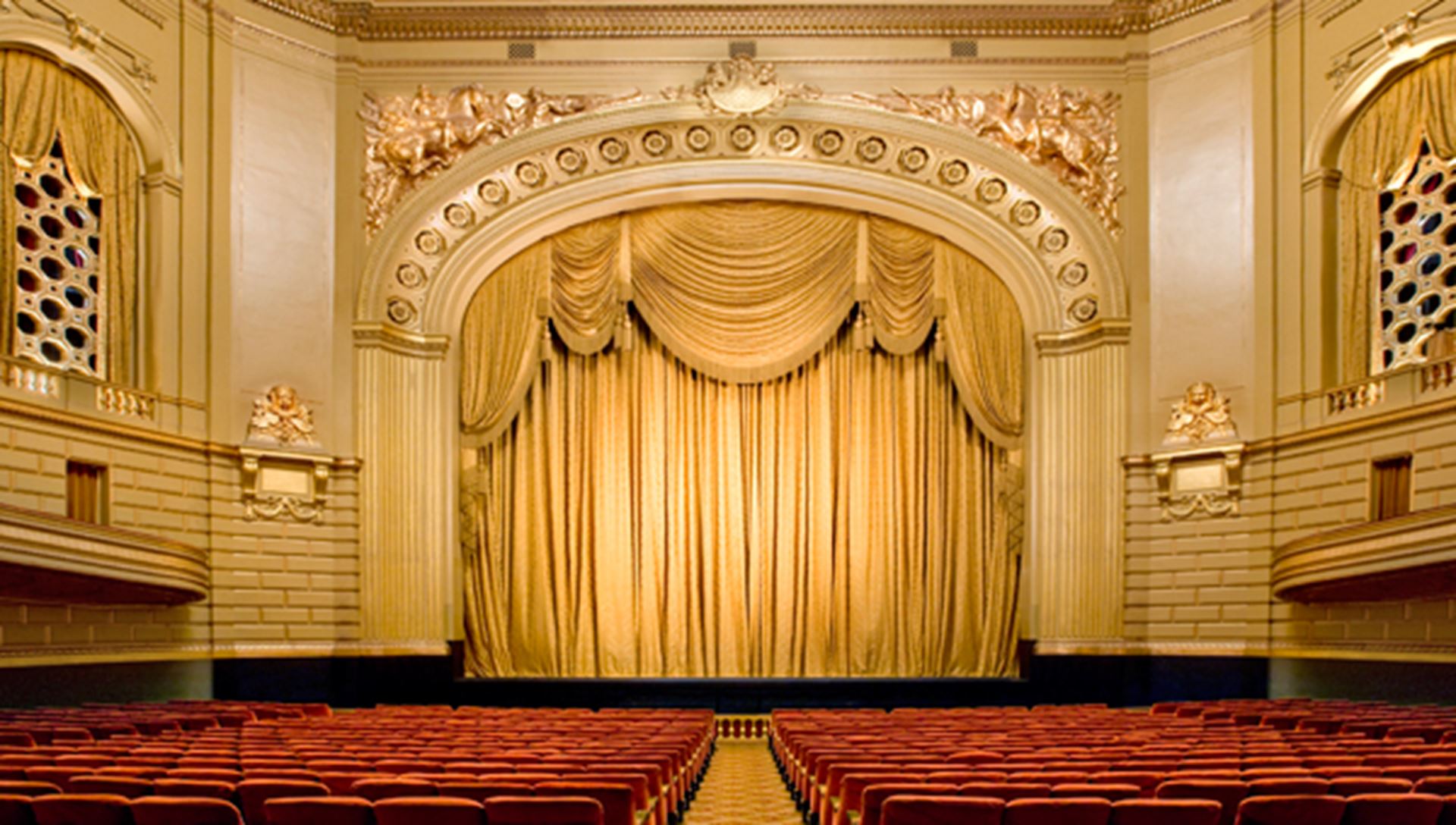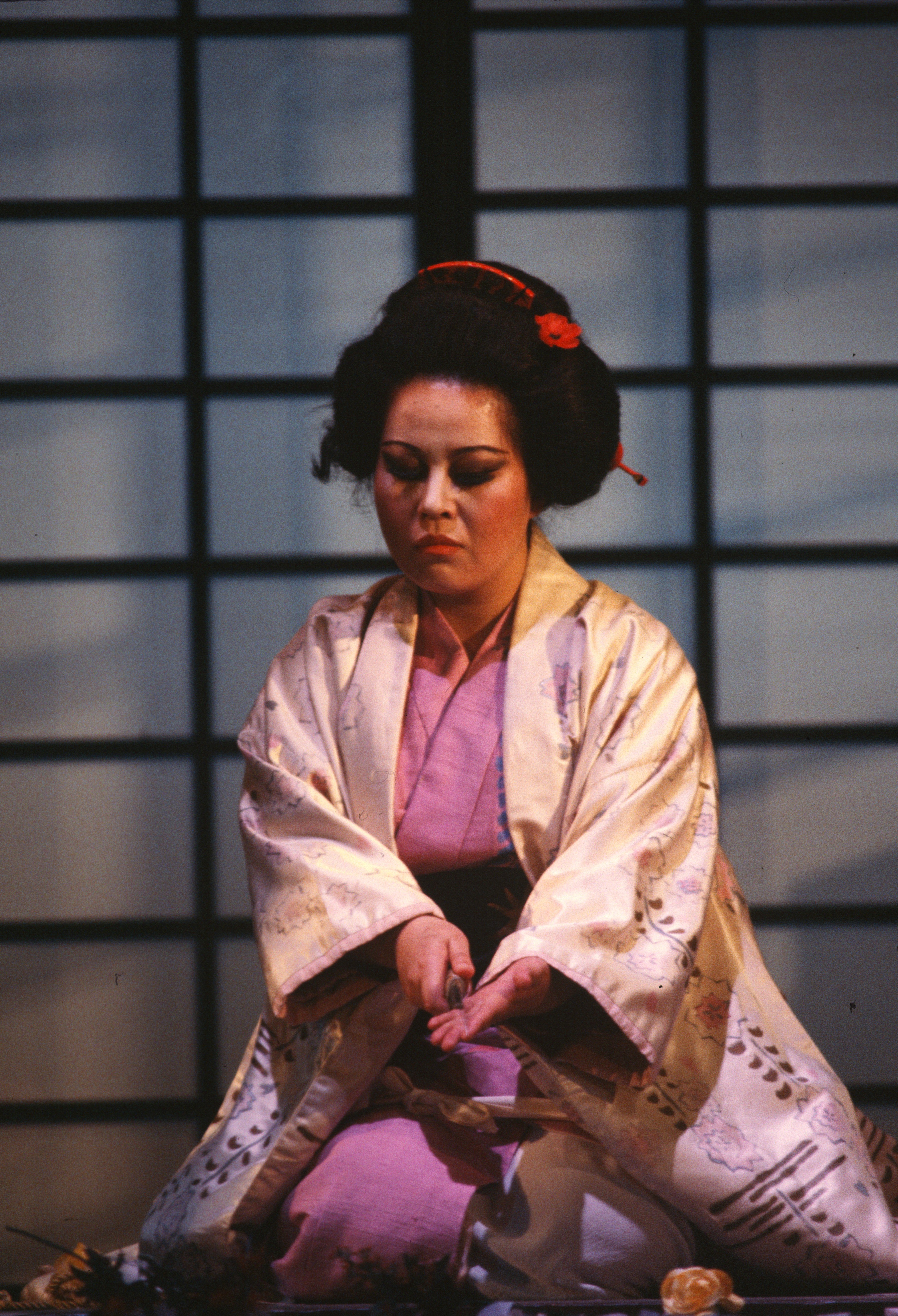
Madame Butterfly: A Controversy
Madame Butterfly: A Controversy
Madame Butterfly is a difficult opera to produce. Puccini’s score is a glorious synthesis of music and emotion which has rightly earned its place in the Western operatic canon.
However, Butterfly is roundly criticized for its outmoded early 20th century views of race, gender, and culture, which are often exacerbated by the casting and production choices made when mounting the opera.

Orientalism
Criticism of Madame Butterfly is usually presented through the lens of orientalism. This is a field of post-colonial criticism heralded most prominently by Edward Said in his seminal book Orientalism. In it, he posits that popular conceptions of Asia and the Middle East, or the region colloquially known in contemporary parlance as “the Orient,” is constructed only in reference and opposition to the “Occident” (ie Europe and the US.) Through this lens “The Orient” is never allowed to exist on its own terms. “The Orient” is always seen as a mystic and exotic other, an eternal pre-modern dream somewhere between the primitive (how Africa is often presented in colonial thought) and the refined modernity of the West. Asia in turn is seen as an imaginary totality, where all nationalities and cultural heritages are distilled to over-simplified shared aesthetics and behaviors.
Here we touch on five areas where Madame Butterfly is most often cited as an example of Orientalism.
Cultural Appropriation
“Cultural Appropriation” is an oft overloaded, oversimplified phrase featured heavily at the forefront of social justice movements in America. Briefly, “cultural appropriation” is a term used to critique the borrowing of cultural signifiers (clothing, food, music, styles, words, religion, etc.) of one cultural group by another.
Productions of Madame Butterfly are often subject to accusations of cultural appropriation when design and performance elements that superficially mimic a generic “Asian” culture. This lens is also used to analyze the bodies telling the stories, especially Butterfly herself.
Yellow Face
Yellow face is the practice of making non-Asian actors appear to be of Asian descent. The phrase itself is an analogue to “black face,” used to describe the practice of making white performers appear as caricatured Black people in the American minstrel shows of the 19th century.
Asian Dolls
A common theme in Orientalist imagery is Asian women as dolls, toys, or other kinds of child-like objects. This infantilization is sometimes implicit, but in the case of Madame Butterfly, it is explicitly textual.
Hypersexualization of Asian Women
While the Orientalist framework often reduces Asian women to child-like objects, it also reinforces their place as sexual objects. Not just Butterfly, but the entire female chorus are revealed to be prostitutes. That she is only 15 never acts as a deterrent to Pinkerton. Rather, it emboldens him - he calls her "bimba dagli occhi pieni di malia" ("a child with eyes full of seduction").
American Exceptionalism
America was a critical global player in the latter half of the 19th century. Puccini, who spoke no English and was not deeply versed in American culture, presents in Butterfly an unflattering view of American colonialism.

